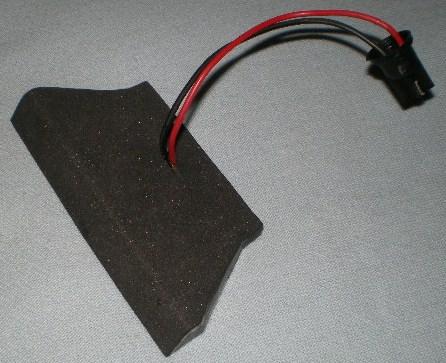🔹 1. To achieve uniform illumination
- The instrument panel is wide but must look evenly lit everywhere.
- If LEDs are placed directly, you’d see bright spots instead of smooth light.
- A light guide takes light from LEDs at the edge and spreads it evenly across the surface using total internal reflection (TIR) and special surface patterns.
➡️ Result: smooth, soft, and consistent lighting for numbers and symbols.
🔹 2. To reduce the number of LEDs
- Without light guides, many LEDs would be needed to cover the whole area.
- With a good light guide, only one or two LEDs can illuminate a large region.
➡️ This saves power, reduces cost, and minimizes heat buildup.
🔹 3. To control light direction and pattern
- Light guides can be optically engineered with tiny extraction features to direct light exactly where needed —
for example, to highlight speed numbers, warning icons, or the speed ring.
➡️ Designers can create sharp, stylish lighting effects with precision.
🔹 4. For durability and compact design
- Instrument clusters face heat, vibration, and long service life.
- Light guides (usually PMMA or polycarbonate) are lightweight, strong, and stable over time.
- They allow a thin, modern-looking panel design compared to bulky direct LED setups.
🔹 5. For aesthetic and optical design flexibility
- Engineers can shape the light path — bend it, curve it, or split it — to create glowing rings, accents, or ambient lighting.
➡️ This adds both functionality and premium appearance to modern dashboards.
🔸In short:
A light guide in a car dashboard makes illumination smooth, efficient, controllable, durable, and visually appealing — all with fewer LEDs and smarter optics.
